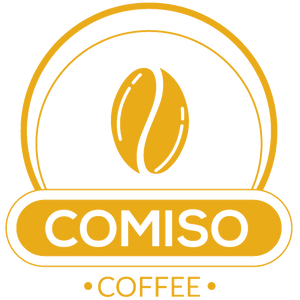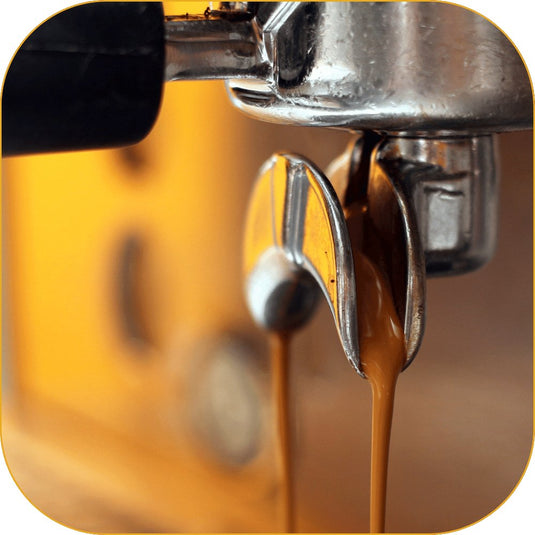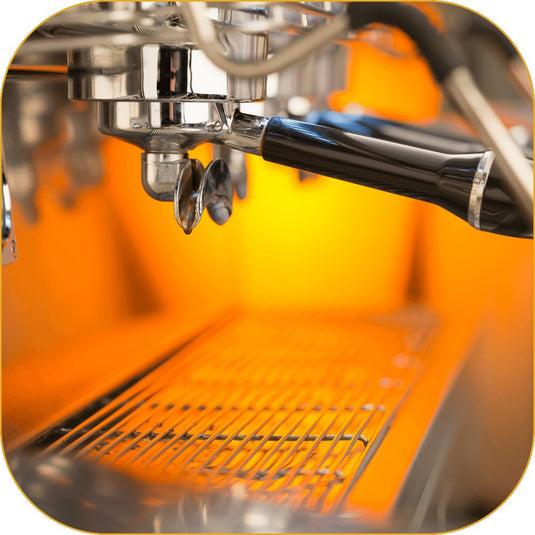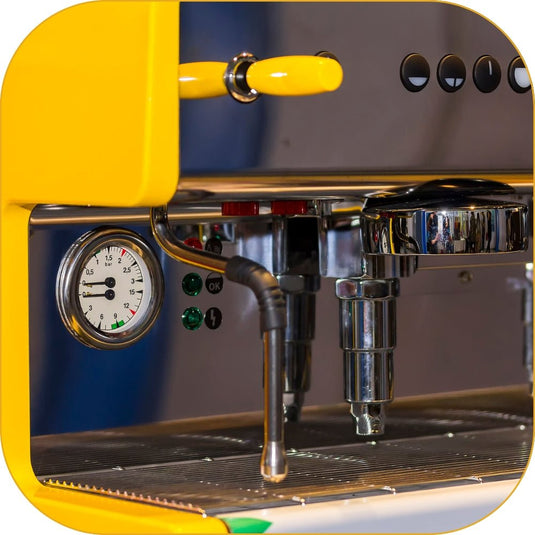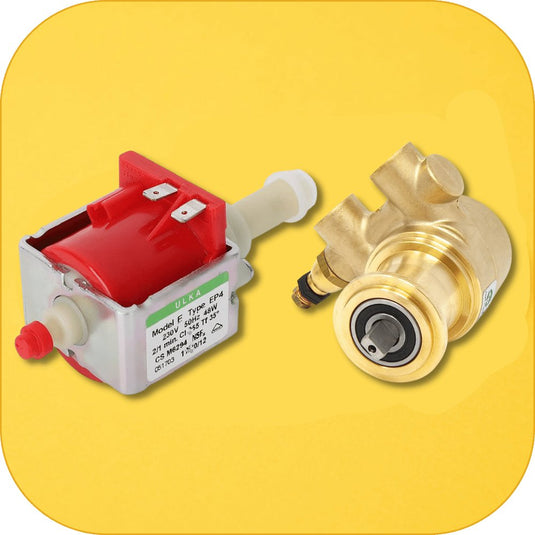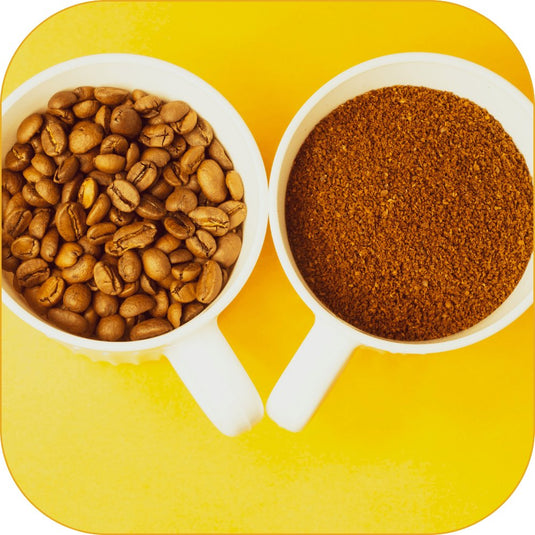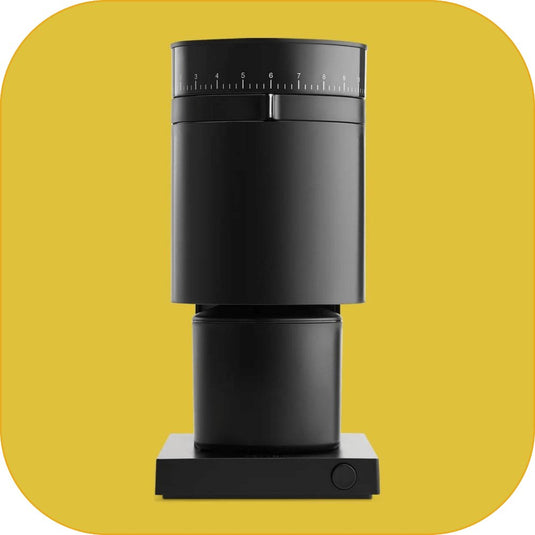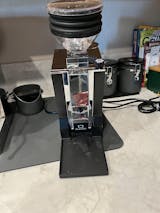Common Coffee Industry Terms and What They Mean

The world of coffee is brimming with its own set of terms and jargon, and for newcomers, it can seem like a linguistic labyrinth. To help you navigate this rich and flavorful universe, we've compiled a list of common coffee industry terms and their meanings. From "espresso" to "cupping," this article will decode the language of coffee, making it easier for you to order, brew, and appreciate your favorite coffee.
Espresso
Espresso is a concentrated coffee beverage made by forcing hot water through finely ground coffee beans. It's characterized by its bold flavor, rich crema, and small serving size.
Crema
Crema is the creamy, tan-colored foam that forms on top of a well-brewed espresso. It's an indicator of freshness and quality in espresso.
Latte
A latte, short for "caffè latte" in Italian, is a coffee drink made with espresso and steamed milk, typically topped with a small amount of milk foam.
Cappuccino
A cappuccino is another espresso-based coffee drink. It consists of equal parts espresso, steamed milk, and milk foam, resulting in a rich, creamy coffee.
Americano
An Americano is made by diluting a shot of espresso with water. This results in a coffee that's similar in strength to drip coffee but with the distinct flavor of espresso.
Single Origin
Coffee labeled as "single origin" is sourced from one specific geographic region or even a single estate. This term highlights the unique flavor profile associated with the coffee's place of origin.
Cupping
Cupping is the practice of evaluating coffee beans' aroma and flavor characteristics. It's similar to a wine tasting but for coffee and involves slurping the coffee to aerate it for maximum flavor assessment.
Brew Ratio
Brew ratio refers to the proportion of coffee to water used when brewing. For example, a common brew ratio for drip coffee might be 1:16, meaning one part coffee to 16 parts water.
Tamping
Tamping is the process of evenly compressing the coffee grounds in the portafilter of an espresso machine before brewing. It ensures a uniform extraction and prevents channeling.
Extraction
Extraction is the process of dissolving and capturing the flavors and compounds from coffee grounds using hot water. It's a critical factor in coffee quality and can be influenced by variables like grind size and brew time.
Barista
A barista is a coffee professional trained in the art of preparing and serving coffee. They are skilled in operating espresso machines, frothing milk, and creating various coffee beverages.
Third-Wave Coffee
Third-wave coffee is a movement that emphasizes the appreciation of coffee as an artisanal product. It focuses on sourcing high-quality beans, precision brewing, and highlighting the unique characteristics of different coffee origins.
Prosumer
The term "prosumer" is a portmanteau of "professional" and "consumer." It's used to describe a category of coffee equipment that's suitable for both professional use in a commercial setting and for serious coffee enthusiasts at home. Prosumer espresso machines, for example, offer advanced features and performance that bridge the gap between consumer and professional-grade equipment.
Pressure Profiling/Flow Control
Pressure profiling, often referred to as flow control, is a feature found in some espresso machines. It allows baristas to manually adjust the pressure at which water is forced through the coffee puck during the brewing process. This level of control can significantly impact the flavor and extraction of the espresso, allowing for a more customized and nuanced coffee experience.
Conclusion
Understanding these common coffee industry terms is like learning a new language that opens the door to a world of coffee appreciation. Whether you're ordering your favorite espresso, brewing at home, or discussing coffee with fellow enthusiasts, knowing these terms will help you navigate the coffee culture with confidence and relish the rich flavors and aromas that this beloved beverage has to offer. So, the next time you're at a coffee shop or chatting with a fellow coffee lover, you'll be well-equipped to speak the language of coffee.
